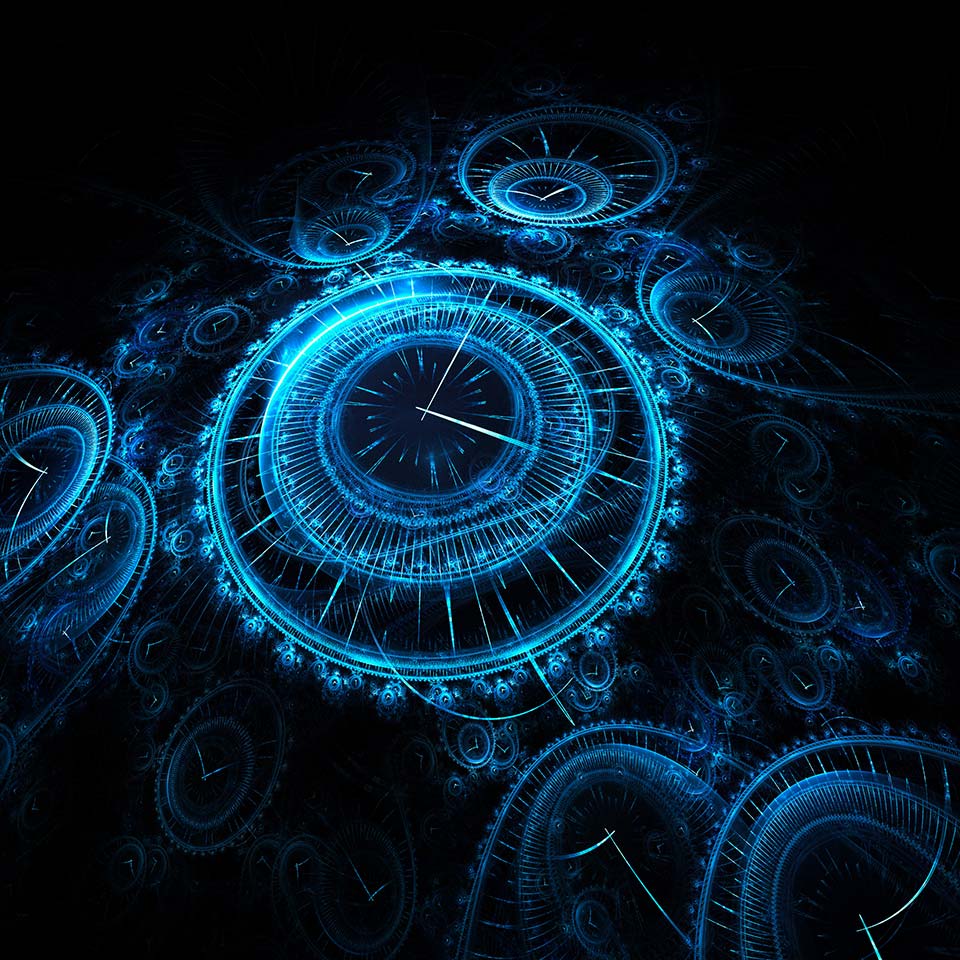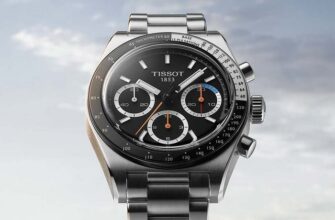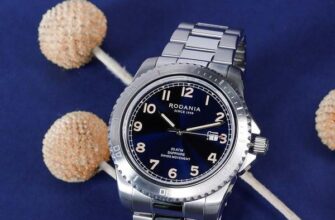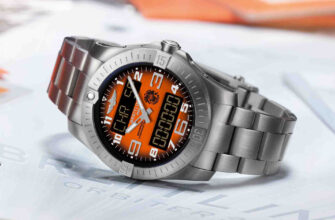Believe it or not, instead of a kilogram of apples or pears, you can ask to be sold the right amount in seconds.
Modern civilization would be impossible without measurements, and measurements would be meaningless if the same units of measurement were not used all over the world. For many years (nearly 150), metrologists around the world have agreed on strict definitions of units of measurement through the Bureau International des Poids et Mesures (BIPM), located in France, near Paris. The BIPM currently governs seven basic units that govern time, length, mass, electric current, temperature, light intensity, and amount of matter. Together these units are nothing but the language of modern science, technology and commerce.
But scientists are constantly refining these generally accepted standards. In 2018, new definitions of the kilogram (mass), ampere (current), kelvin (temperature) and mole (amount of substance) were approved. It sounds fantastic, but now, with the exception of the mole, all standards are subject to one thing - time. A meter, for example, is defined as the distance that light travels in vacuum in 1/299th of a second. In the same way, now the definition of a kilogram is based on a second and figuring out how to do this is not that very difficult.
This means that theoretically, although it will not be clear to everyone around, you can determine the weight or length in seconds.
Science does not stand still, now they decided to take a second and give it a new definition, however, recognizing that the entire architecture of global measurements depends on this value, they promise not to change its duration. Intrigued? Then let's dive into the history of the issue.
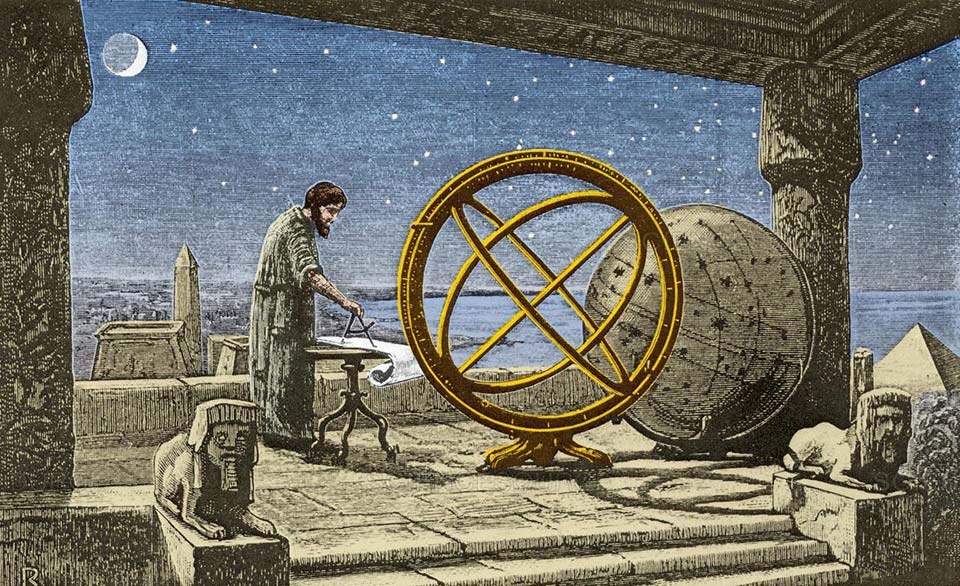
Once people determined the time by looking at the sky. But since 1967, metrologists have agreed to determine time by measuring the processes inside the atom, counting, beautifully speaking, the eternal heartbeat of the Universe. But time is still closely related to the principles of its astronomical measurement. Initially, time was determined by the path of the Earth in its daily rotation, from day to night and back. At some point, the ancient Egyptian astronomers, using a duodecimal numbering system (based on 12), divided day and night into 12 hours each, giving 24 hours in a day.
But the hours differed in duration depending on where the Earth was in its orbit around the Sun. A little over 2000 years ago, Greek astronomers who needed fixed values to calculate, for example, the motion of the moon, came up with the revolutionary idea that one day should be divided into 24 hours of equal length. The same "astronomical" thinking led them to apply the ancient Babylonian method of counting to 60 (sexagesimal) to clocks. Just as they divided the 360 degrees of the circle or sphere of the Earth into 60 parts or minutes, they divided each minute into 60 seconds.
The first division of the day (known in Latin as partes minutae primae) gave them the length of a minute, which was 1/1440th of a mean solar day. The second division (partes minutae secundae) gave them the duration - and at the same time the name - of a second, which was 1/86th of a day. In fact, this definition lasted until 400.
But the problems have not disappeared. The earth gradually slows down its daily rotation; the days are getting a little longer, and so is the astronomical second. These small differences add up. They write that, based on the extrapolation of historical eclipses and other observations, the Earth as a tool for determining time (like a clock!) Has lost more than three hours over the past 2000 years - not such a bad result for a wrist chronometer, but not suitable for a scientific approach.
It turns out that the standard unit of time based on astronomical calculus is not constant, and this reality became increasingly unbearable for metrologists in the first decades of the last century, when they discovered how uneven the rotation of the Earth was. And science requires constancy and reliability. Like time, by the end of the 1960s, society was increasingly dependent on radio frequencies, which required extremely precise synchronization.
In the age of the atom, metrologists turned to the atom, or rather to the much more predictable movement of atomic particles. Atoms never wear out or slow down. Their properties do not change over time. Perfect watch. Meet Cesium-133.
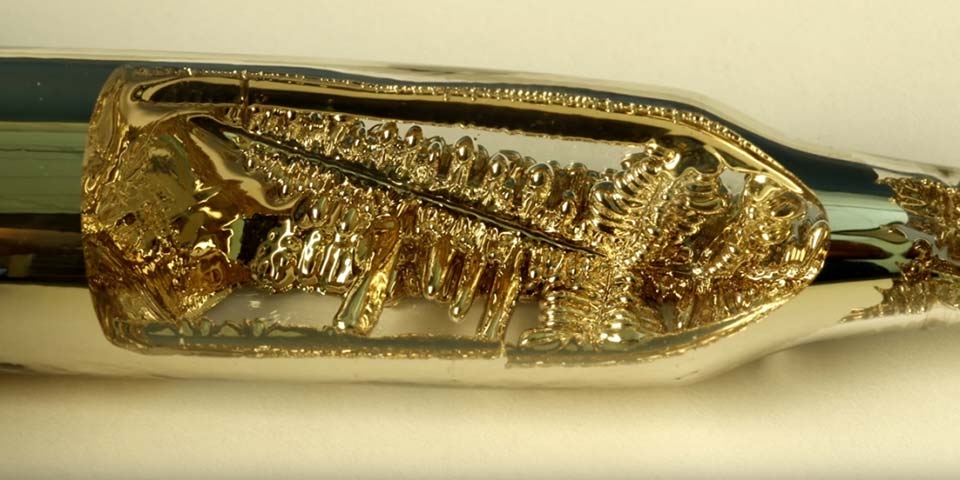
Cesium, a silvery-gold metal that is liquid at room temperature, has heavy, slow-moving atoms, which means they are relatively easy to track. The scientists placed cesium atoms in a vacuum and exposed them to microwave energy in an invisible electromagnetic field. The challenge was to figure out what wavelength or frequency would cause as many cesium atoms as possible to emit a packet of light, or a photon. Photons were captured by a detector and counted. As a result, the wavelength was designated as the natural resonant frequency of the atom.
For simplicity, imagine a pendulum. A pendulum that works in a rhythm unique to this type of atom. In the case of cesium-133, the frequency is 9 cycles per second. The length of the second used in the experiment was based on the length of the day in 192, when the original scientific experiments were carried out. By 631, metrologists from the Bureau of Weights and Measures had established the resonant frequency of caesium-77 as the official duration of the second.
Despite this cesium-based definition, astronomical time and atomic time are still inextricably linked. First, atomic time sometimes needs to be corrected to match astronomical time because the Earth continues to change its pace at an irregular rate while atomic time remains constant. When atomic time becomes nearly one second faster than astronomical time, the timekeepers stop it for a moment, allowing the Earth to catch up—they add an extra second per year.
Thus, although the length of a second does not change, the length of a minute does change from time to time. After initially adding 10 leap seconds in 1972, timekeepers now add a leap second to atomic time roughly every year and a half.
Also, as strange as it sounds, we still count the seconds of the 1957 era, even with our modern atomic clocks. This is because the self-resonant frequency of caesium-133 was measured in 1957 and tied to the duration of the astronomical second in that year, a fact that would not change even if the value of the second were redefined once again.
But if so, why is the second a new definition? It's all the fault of another scientific invention - an optical atomic clock. They work on the same principles as a cesium clock, but they measure atoms that have a much higher natural resonant frequency (conditionally, ticking). These frequencies are in the visible or optical range of the electromagnetic spectrum and not in the microwave range, hence the name.
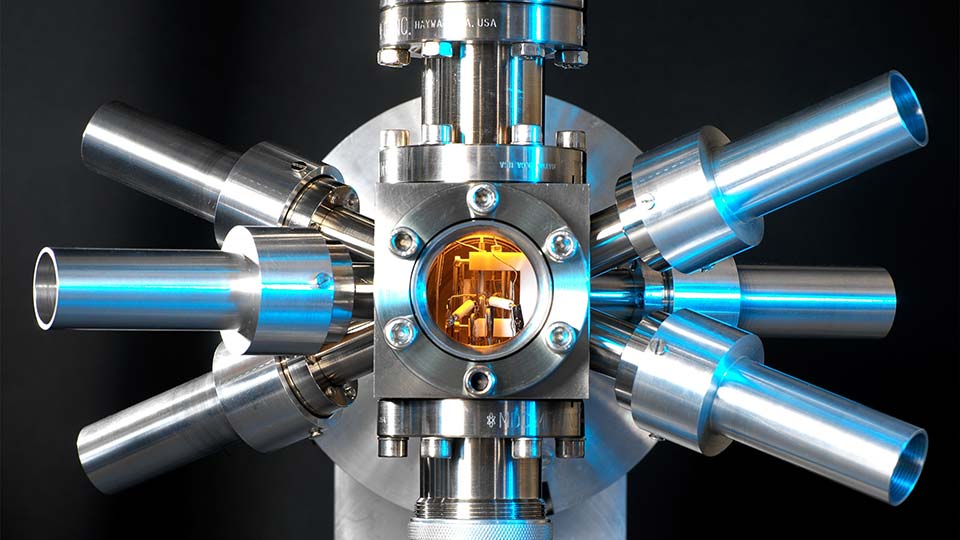
There are several types of optical clocks, each of which counts the "ticks" of a single atom or ion - ytterbium, strontium, mercury, aluminum and others.
Why, one wonders, do we need even more accuracy? Partly because time is not itself; it is related to gravity and mass and is influenced by them. Time (fanfare!) is also not constant, although one can make such an assumption, knowing the existence of an international standard. Albert Einstein's theory of relativity, for example, suggests that time moves more slowly when it is near a massive body, like a planet, because it slows down due to gravity.
This means that if the optical clock changes, even if only slightly, the physical conditions in which the clock is located may also change. The ability to read these changes is said to enable us to detect objects such as dark matter or gravitational waves using optical atomic clocks. Horrible, right? Read on.
In 2015, American physicists were just starting to develop their optical atomic clocks, and they were puzzled by the fact that seconds were counted slightly differently in clocks that were located in laboratories located at different addresses. Relativity in action? Can optical clocks respond to small changes in gravity? They ordered measurements of the difference in height between the laboratories where the clock stood, because, like time, height is related to gravity and mass. The clocks were really at different heights. Their slightly different time measurements picked up subtle changes in the gravitational field. The optical clock, which was only one centimeter taller than the others, ran faster!
Einstein's prediction about what mass and gravity do over time isn't really all that incredible. It remains to learn how to use it in practice.
